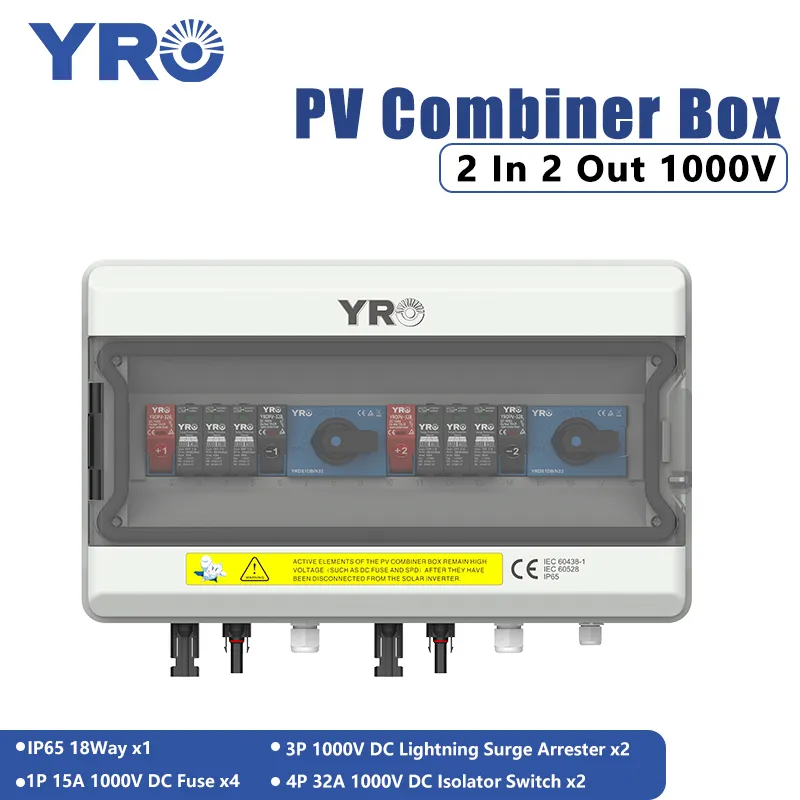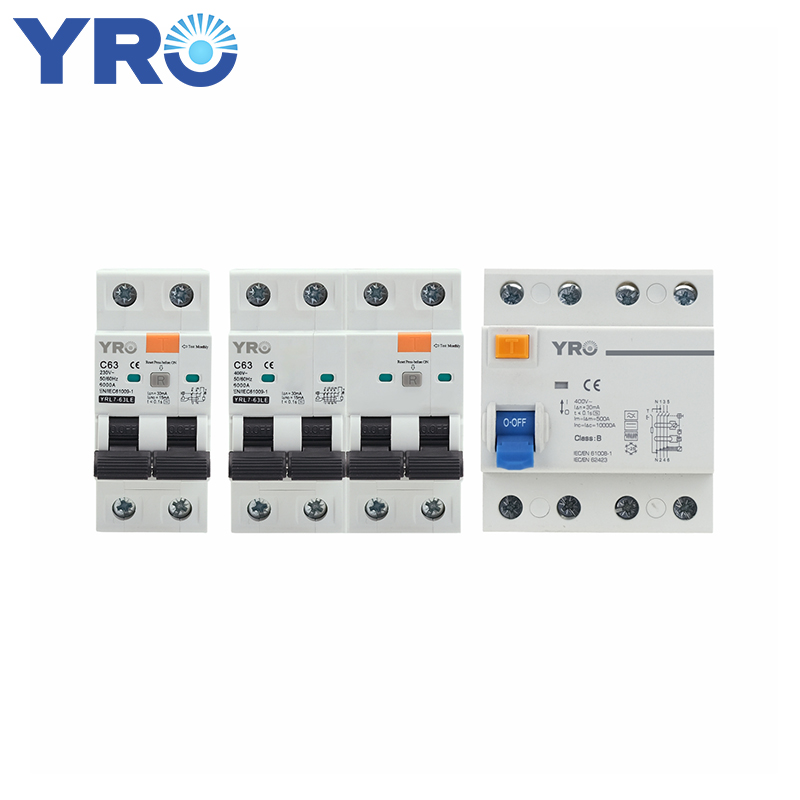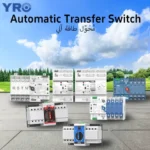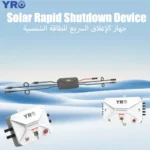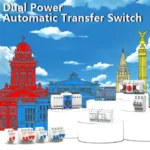With the widespread adoption of solar photovoltaic systems, the safety of solar power equipment has become an important topic in the industry. In recent years, the “rapid shutdown” technology for solar systems has been increasingly mandated by countries and regions, especially in building and electrical codes in places like the United States and Europe.
Is Rapid Shutdown Required for Solar?
Of course, it’s necessary! Why do I say that? Let’s first discuss the safety risks in solar power systems.
1、Increased Risk to Personnel Safety:
In solar power systems, especially in photovoltaic power stations, the series connection of solar panels can generate DC voltages of up to several thousand volts within the system. Without a rapid shutdown device, if the system experiences a fault, such as cable aging causing a short circuit or arc discharge, it can lead to fires or electric shock accidents. In such situations, rescue personnel, maintenance workers, or even residents inside the building could potentially come into contact with these high voltage currents, facing serious safety risks.
2、Increased Risk of Equipment Damage:
In addition to the risk to personnel safety, the absence of a rapid shutdown device also increases the risk of equipment damage. Due to external environmental factors, aging equipment, and other issues, electrical faults may occur during system operation. Without a rapid shutdown device to cut off the power in time, these faults could escalate, resulting in more damage to the equipment. This not only increases maintenance costs, but could also affect the overall stability and reliability of the solar power system.
3、Ineffective Fire Response:
In a photovoltaic system, the current will not automatically cut off due to a power outage or system failure, especially during a fire. The solar panels may continue to output power even when a fire occurs. At the fire scene, firefighters cannot be certain whether the system is still live. Without a rapid shutdown device, the current may continue to flow, increasing the risk of fire spreading and potentially causing further damage to the equipment. Without rapid shutdown, the solar system would not only fail to assist in firefighting efforts, but could actually exacerbate the severity of the fire.
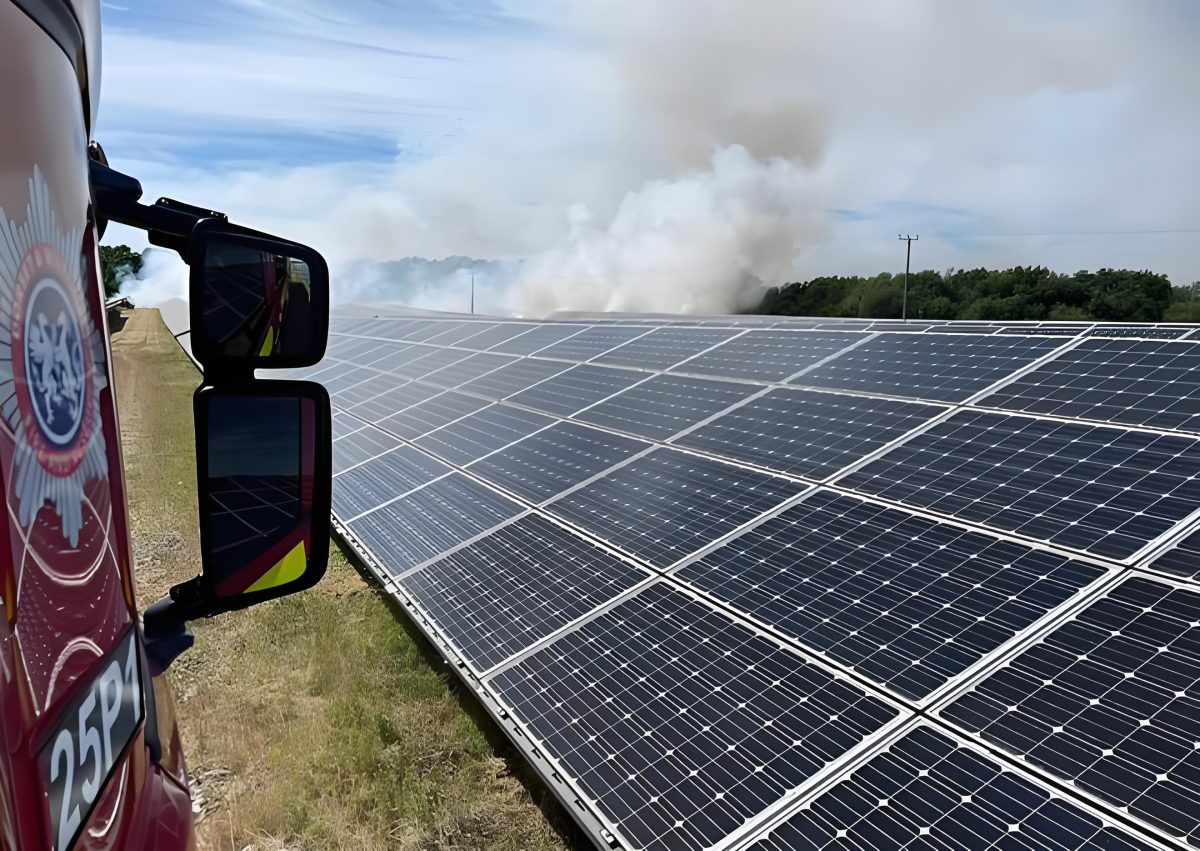
4、Rescue difficulty increases
When a fire occurs, if the PV system is not equipped with a rapid shutdown switch, firefighters and emergency rescue personnel will not be able to accurately determine whether the power has been cut off. Because solar power generation is continuous, the current will continue to flow when the solar panels are generating electricity, putting rescue workers at the fire scene in great danger. Without rapid shutdown equipment, the photovoltaic system cannot provide the necessary security for rescue work, greatly increasing the difficulty of personnel rescue.
5、Reduced system reliability
Photovoltaic systems that fail to turn off the current in a timely manner, during long periods of operation, may cause some electrical components, such as inverters, cables, and connectors, to overheat and shorten their service life. Long term high current flow will aggravate the aging and wear of the equipment, affecting the overall performance and stability of the system. In the event of a system failure, maintenance personnel may need to carry out repair work in a hazardous environment, due to the inability to quickly disconnect the power, increasing the unsafe factor during operation.
How Does Rapid Shutdown Work?
There are two main ways in which PV module level fast shutdown works: one is through voltage shutdown and the other is through current shutdown.
1、Voltage Shutdown:
Voltage shutdown involves measuring the output voltage of the PV module, and automatically disconnecting the module from the circuit when the voltage exceeds the set value. This method effectively prevents damage to the PV module caused by excessive voltage. The key to voltage shutdown is to monitor the voltage and compare it with the set value. When the voltage exceeds the set value, the system will perform a shutdown electrically or mechanically.
2、Current Shutdown:
Current shutdown involves measuring the output current of the PV module, and automatically disconnecting the module from the circuit when the current exceeds the set value. This method effectively prevents thermal damage or reverse current to the PV module caused by excessive current. The key to current shutdown is to monitor the current and compare it with the set value. When the current exceeds the set value, the system will perform a shutdown electrically or mechanically.
In addition to voltage shutdown and current shutdown, it is also possible to combine both for linked shutdown. For example, when the output voltage of the PV module exceeds the set value or the output current exceeds the set value, the shutdown operation will be performed simultaneously to protect the PV module more effectively.
How to Install Solar Rapid Shutdown?
 Step 1: Prepare Tools and Materials
Step 1: Prepare Tools and Materials
– Tools: Cross screwdriver with a 5mm or 6mm rod diameter, flathead screwdriver with a 3.2mm~4.0mm rod diameter, multimeter, impact drill (8mm drill bit), small hammer, solar connector wrench, and other necessary tools.
– Materials: Self supplied 3/4 EMT conduit (outdoor material can vary), conduit fittings (standard parts), power adapter, junction box, and other materials.
Step 2: Confirm Installation Information
– Confirm the location of the photovoltaic array, the spacing between arrays, the installation locations for the controller, inverter, and grid connected distribution box.
Step 3: Install the Controller
– The controller comes with three mounting brackets on its back, which can be used to attach it to the wall.
– Drill holes in the wall using an impact drill, insert plastic expansion plugs, and then use M5 screws to secure the controller to the wall.
Step 4: Wiring
– Connect the shutoff device, controller, and power supply according to the wiring diagram.
Step 5: Testing and Debugging
– After installation, perform testing and debugging to ensure the rapid shutdown system operates correctly.
– Test the shutdown and reset functions by pressing the controller’s button, while monitoring the output voltage of the photovoltaic modules, to ensure it drops to a safe level within the required time.
Step 6: Safety Precautions
– During installation, ensure electrical safety by confirming the power is turned off and proper grounding measures are in place.
– Avoid working in adverse weather conditions.
– After installation, regularly check and maintain the rapid shutdown system to ensure it remains stable and functional over time.

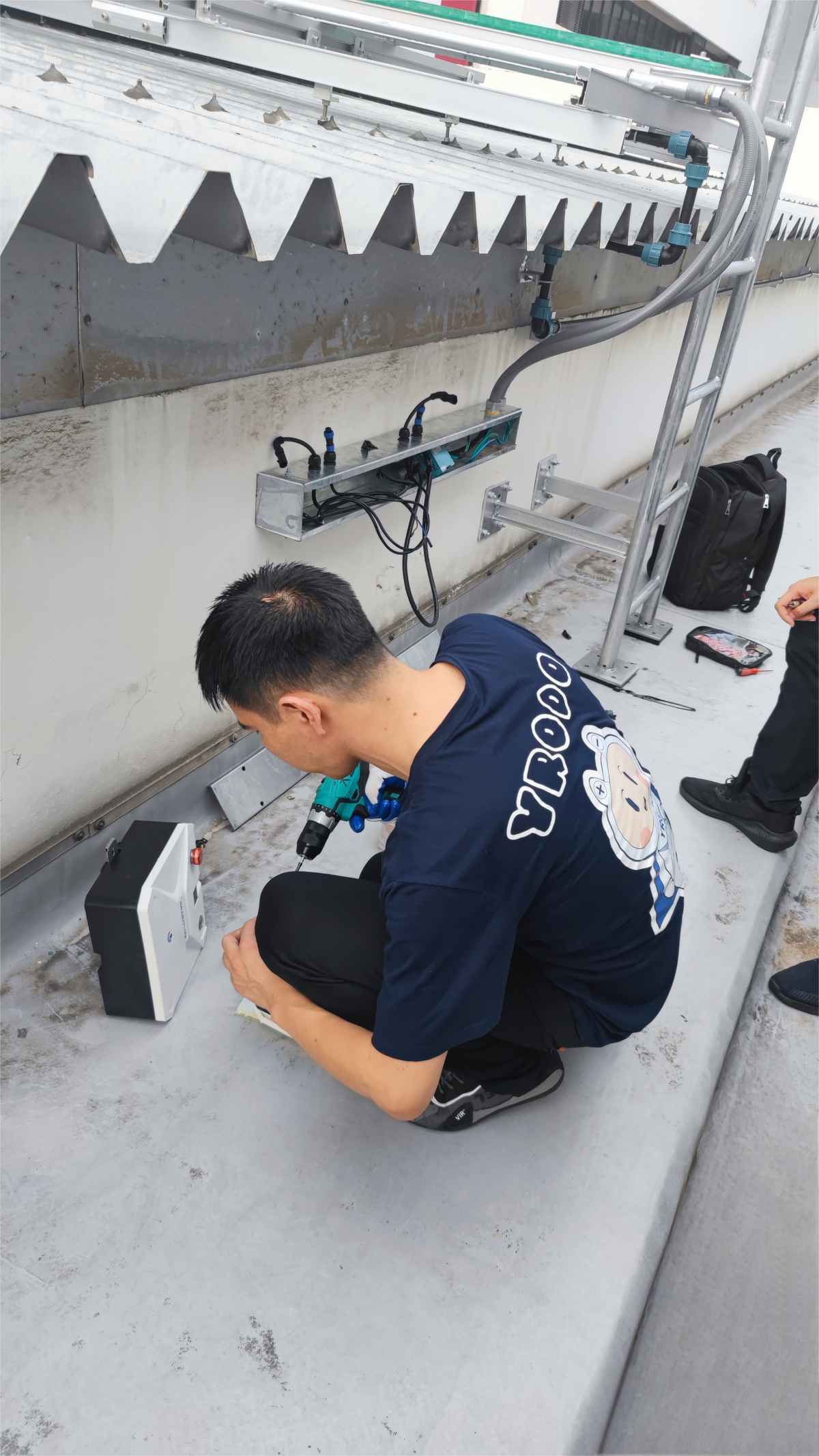 Step 1: Prepare Tools and Materials
Step 1: Prepare Tools and Materials

